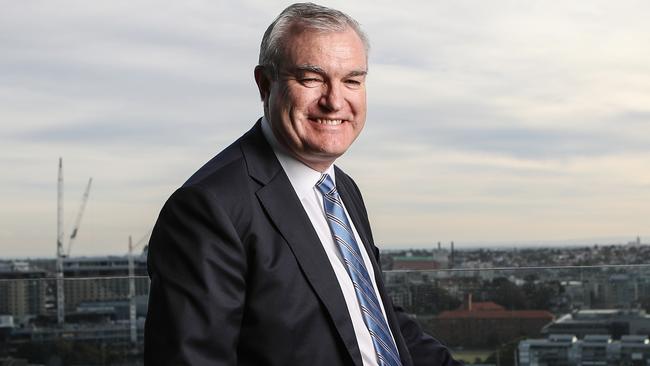Investment can offset disaster costs: Suncorp
The federal government needs to ramp up spending on natural disaster mitigation and preparation, suggests a Suncorp report.

The federal government needs to ramp up spending on natural disaster mitigation and preparation, as the aftermath of extreme events can cripple output in regional and rural economies.
That is the view of a report commissioned by Suncorp and compiled by SGS Economics & Planning. It looked at the economic losses stemming from Cyclone Debbie in 2017, and last year’s Tathra bushfires and Hobart floods.
The modelling found that at the extreme Cyclone Debbie caused a more than 64 per cent reduction in gross domestic product in the Whitsundays, followed by the Gold Coast Hinterland at 36 per cent, as tourism and other industries were hit.
The impact in Tathra was almost 34 per cent while Hobart suffered a 7.5 per cent reduction in output.
“It’s great to be rescuing people after the event and spending money on doing that, but it’s even better at the outset to try and minimise the impact on that community,” Suncorp’s insurance chief Gary Dransfield said.
“The challenge for all governments is a fiscal one but again we feel the economics of the argument make sense. As population grows in the country you will have more property and more assets at risk.”
Suncorp wants homes and businesses to be more capable of withstanding the impact of fires, floods or cyclones, and reiterated the Productivity Commission’s call in 2014 for the federal government to invest $200 million a year in disaster mitigation.
SGS Economics principal Terry Rawnsley said smaller communities were “very vulnerable” to a natural disaster.
“When that (industry) does get disrupted it does throw up a lot of challenges for regional communities,” he said.
“There is still a lot more the government can do.”
He spoke of “smart investments” to make houses more sturdy and improved town planning to ensure cities weren’t sprawling into fire and flood-prone areas.
The modelling in the report showed insurance payouts did assist in speeding up the recovery after a severe weather event.
But as the Hayne royal commission heard last year, that is not always the case, as lengthy delays by insurers in paying claims and dodgy advertising caused more angst for some customers. Suncorp was among insurers in the royal commission witness box.
As the frequency of extreme weather events rises in some areas the affordability of insurance has again become an issue, particularly as parts of Australia become uninsurable. It is a topic regulators are interested in.
In an interim report, the Australian Competition & Consumer Commission found not only were insurance premiums higher in northern Australia but they had risen at a faster rate, ballooning 130 per cent in the decade to 2018. That compared with a 50 per cent increase in the rest of the country.
Mr Dransfield said the affordability issue had broader economic impacts and should be addressed by governments and councils working to reduce risks or build up levies ahead of future events.
“Banks won’t be able to take security on properties that are uninsured, businesses can’t afford to take the risk of operating without liability insurance and the range of covers that go with the risk that they have.”
The report estimated 10 per cent of its sample weren’t insured and many were underinsuring due to the rising cost.



